Introduction to Rotary Vane Vacuum Pumps
Rotary vane vacuum pumps are essential components in various industrial applications where the removal of air molecules from a sealed volume is required to create a partial vacuum. These pumps operate on the principle of positive displacement, utilizing a rotor with vanes that rotate inside a cavity. As the rotor turns, the vanes slide in and out, creating compression zones that evacuate air or gas and generate vacuum.
Types and Applications
The versatility of rotary vane vacuum pumps allows them to serve in multiple sectors. From edwards rv12 models used in laboratories to the robust vacuum pump busch r5 series for industrial applications, these pumps are integral in processes such as packaging, woodworking, plastics molding, and medical therapies. The dry rotary vane vacuum pump variant is particularly suited for operations where contamination must be minimized, as it does not require oil for lubrication.
Features and Materials
A rotary vane pump is designed to offer durability and performance. The materials typically include corrosion-resistant metals and composites that ensure longevity and consistent operation. The vanes, often made from specialized graphite, are key to the pump's functionality, allowing for the creation of vacuum without the need for excessive energy. Rotary pump oil is a critical component for those models requiring lubrication, ensuring smooth operation and sealing within the pump.
Advantages of Rotary Vane Technology
The primary advantage of using a rotary vane vacuum pump lies in its ability to achieve high levels of vacuum with relatively low power consumption. The efficiency of these pumps makes them a preferred choice for continuous-duty applications. Additionally, the compact design of a rotary vacuum pump allows for easy integration into systems where space is at a premium.
Selection Considerations
When selecting a rotary vane vacuum pump, factors such as flow rate, material compatibility, and maintenance requirements should be considered. Pumps like the e2m28 edwards and edwards pump rv8 are known for their reliable performance across different flow rates. For operations where oil contamination is a concern, a dry vane vacuum pump may be the appropriate choice.
Maintenance and Sustainability
Maintaining a rotary vane vacuum pump involves regular monitoring of rotary vacuum pump oil levels and vane wear. The sustainability of these pumps is enhanced by their rebuildable design, allowing worn components to be replaced, which extends the operational life of the pump and supports consistent performance over time.
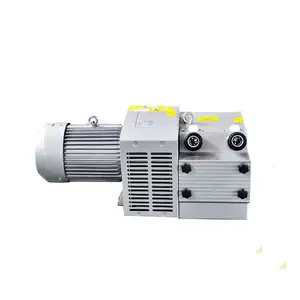

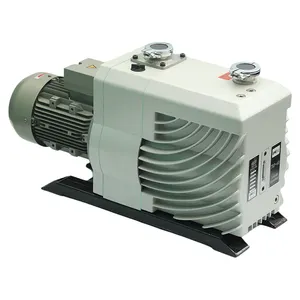



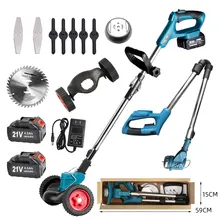
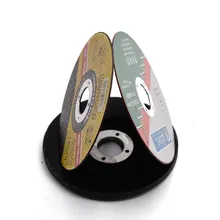
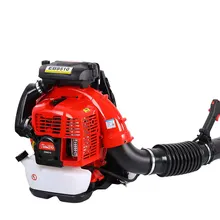
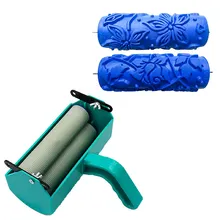

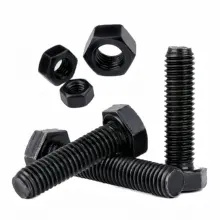
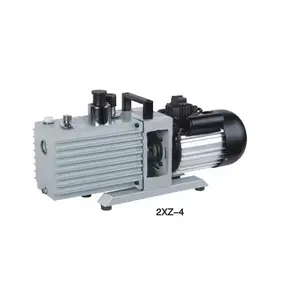




























 浙公网安备 33010002000092号
浙公网安备 33010002000092号 浙B2-20120091-4
浙B2-20120091-4